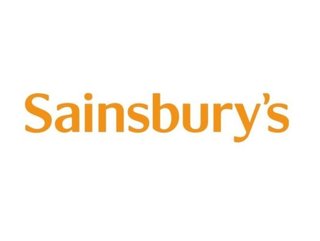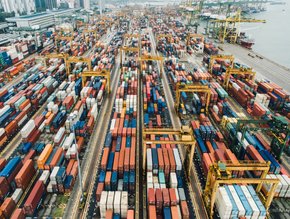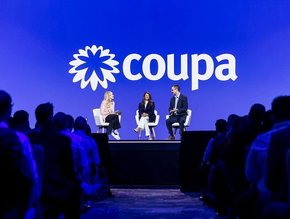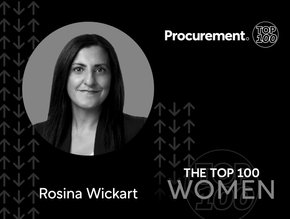‘Plan for Better’ J Sainsbury and sustainable procurement

What is the Sainsbury Plan for Better strategy?
The Plan for Better strategy sets out their sustainability goals and commitments across customer health, people, and the planet. A major part of delivering the Plan for Better is driven by action in their supply chains. Through Sainsbury sourcing practices, they say they are committed to delivering positive impacts.
As a business, they have already made significant progress towards their goals. For decades, the company has supported sustainability certifications and articulated robust commitments to lead the industry forward. Their plan has included long-term approaches to improving sourcing practices and are continually building on their ambitions to drive more sustainable outcomes.
Sustainable sourcing
The strategy lays out how sustainable procurement and sourcing is both foundational to their business resilience and an integral element in delivering the Plan for Better. Sustainable sourcing is crucial to delivering the Plan for Better, and has three interlocking pillars:
- Better for you
- Better for the planet
- Better for everyone
Examples of sustainable procurement and supply practices
- A commitment to reducing whole value chain carbon footprint - also known as our absolute Scope 3 GHG emissions - by 30% by 2030. As part of this work, Sainsbury are working with suppliers to help them set their own Net Zero commitments
- Sainsbury have adopted a nature-positive approach within business and supply chains, and are setting targets to sustainably source key raw materials. They have committed to ensuring that their own-brand product supply chains will be deforestation and conversion free by 2025, ensuring that no change in land use has occurred in their direct and indirect production areas since January 2020
- They are committed to sourcing animal-derived ingredients from suppliers that demonstrate both continuous improvement in animal health and welfare and practice responsible antibiotic stewardship.
- Sainsbury have committed to championing human rights and ensuring that people are treated fairly throughout the business and supply chains.
- They want to increase the transparency of their supply chains. As part of this effort, we publish a list of their tier 1 supplier sites for Clothing and Food product categories.
Key criteria for sustainable sourcing
Origins of materials
The origins of materials in the supply chains are sufficiently knows to allow the company to determine the extent and nature of environmental and human rights impacts.
Systems and processes
Systems and processes are established to ensure they systematically and effectively monitor, assess and address the impacts.
Sourcing practices
Sourcing practices are managed to make sure they proactively abide by all legal and regulatory requirements, fulfil their commitments, identify non-compliance and resolve any issues.
*************************************************
For more insights into Procurement & Supply Chain - check out the latest edition of Procurement Magazine and be sure to follow us on LinkedIn & Twitter
Other magazines that may be of interest - Supply Chain Magazine | Sustainability Magazine
*********************************************
BizClik is a global provider of B2B digital media platforms that cover 'Executive Communities' for CEOs, CFOs, CMOs, Sustainability Leaders, Procurement & Supply Chain Leaders, Technology & AI Leaders, Cyber Leaders, FinTech & InsurTech Leaders as well as covering industries such as Manufacturing, Mining, Energy, EV, Construction, Healthcare + Food & Drink.
BizClik, based in London, Dubai & New York offers services such as Content Creation, Advertising & Sponsorship Solutions, Webinars & Events.






